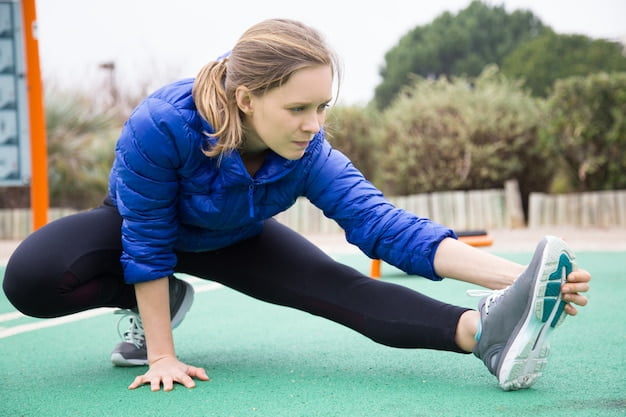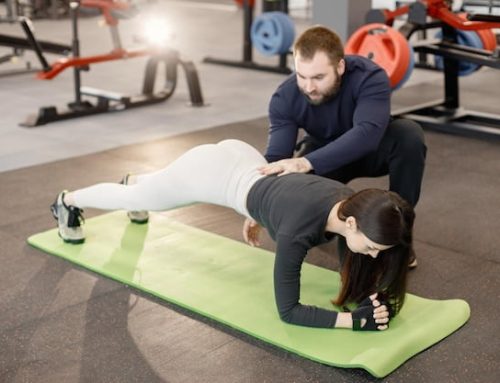Sport-Specific Training: What Is It and Why Do You Need It?
There is more to sports than simply being in good shape. Athletes need to develop specific skills, such as speed, agility, and strength, to excel in their chosen sport. This is where sport-specific training comes in. In this blog post, we will explore what sport-specific training is and why it is important for athletes.
What is Sport-Specific Training?
Sport-specific training is a type of training that is tailored to the requirements of a particular sport. It typically involves exercises that mimic the movements and demands of the sport, with the goal of improving performance. For example, a basketball player may practice shooting and dribbling drills, while a football player may work on tackling and sprinting.
Why is Sport-Specific Training Important?
Sport-specific training is essential for athletes who want to improve their performance and prevent injuries. By focusing on the skills and movements required for their sport, athletes can develop better muscle memory and coordination. This helps them to react quickly and efficiently during a game and reduces the risk of injury.
What are the Phases of Sport-Specific Training?
Sport-specific training typically involves several phases, each of which has a specific goal. These phases may vary depending on the sport and the athlete’s goals, but some common phases include:
Phase 1: General Conditioning
This phase focuses on building a baseline level of fitness through exercises such as running, weightlifting, and plyometrics. The goal is to develop overall strength, endurance, and agility.
Phase 2: Sport-Specific Conditioning
In this phase, the focus shifts to exercises that mimic the movements and demands of the sport. For example, a basketball player may focus on shooting and dribbling drills, while a football player may work on tackling and sprinting.
Phase 3: Pre-Competition
This phase is designed to fine-tune the athlete’s skills and prepare them for competition. It may involve drills and exercises that simulate game situations and help the athlete to develop strategies and mental toughness.
Phase 4: In-Season Maintenance
Once the athlete is in the midst of their competitive season, the focus shifts to maintaining their fitness and skill level. This may involve lighter workouts and recovery exercises to prevent injury and maintain performance.
How Can You Implement Sport-Specific Training?
Sport-specific training can be implemented in a variety of ways, depending on the athlete’s needs and goals. Some options include:
Working with a Trainer
A qualified trainer can help an athlete to develop a personalized training plan that focuses on their specific needs and goals. They can also provide guidance and support throughout the training process.
Joining a Team or Club
Joining a sports team or club can provide access to structured training and coaching, as well as opportunities to practice and compete with other athletes.
Online Training Programs
There are a variety of online training programs that focus on sport-specific training. These programs may include video tutorials, workout plans, and coaching support.
Conclusion
Sport-specific training is essential for athletes who want to improve their performance and prevent injuries. By focusing on the skills and movements required for their sport, athletes can develop better muscle memory and coordination, which helps them to react quickly and efficiently during a game. Whether you work with a trainer, join a team, or use an online training program, incorporating sport-specific training into your routine can help you to reach your full potential as an athlete.






